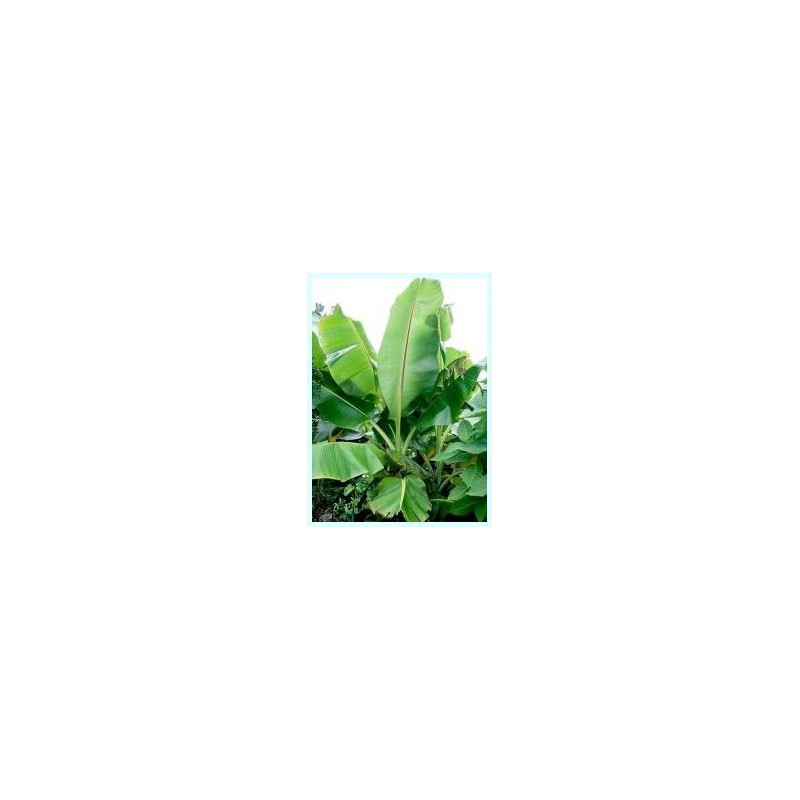

|
Palm trees
See all Palm trees
|
||||
|
Banana trees
See all Banana trees
|
||||
|
|
||||
|
Trees and shrubs
See all Trees and shrubs
|
||||
|
Edible fruit
See all Edible fruit
|
||||
|
Other botanical families
See all Other botanical families
|
||||


The trunk and leaves of this tall, hardy banana tree are tinged with red, and the flowers, pink. -10 to -12°C. Available in 3-litre pots (parcel OK) and 15-litre pots (CARRIER).
Musa hookeri, Darjeeling banana, Sikkim banana
The mountainous forests of the Himalayas, in the north-east of India.
It grows at an altitude of 2000 meters and is as hardy as Musa basjoo: -10 to -12°C, and it can grow again from the stump down to -18°C.
Still very unusual, this large, recently grown banana tree has a massive pseudo-trunk tinged with red, which can reach 4 to 6 meters in height, with a diameter of over 40 cm.
The exotic-looking leaves are really magnificent, with their burgundy under side, while the upper side is green with burgundy stripes. The bracts of the inflorescences are pink, and not yellow like the basjoo, and the fruit is edible.
Like all banana trees, it grows very quickly in full sun, in rich, light, humiferous soil, with abundant watering in summer.
The banana leaves freeze in winter, but new leaves grow back from the stump in spring, and new shoots grow around the main stem. Fruit production occurs in the third year if the pseudo-trunk has not frozen. The stem that has borne the fruit dies, but the survival of the banana tree is ensured by the offshoots (avoid moving them in the first year).
Data sheet
Your review appreciation cannot be sent
Report comment
Report sent
Your report cannot be sent
Review sent
Your review cannot be sent

The trunk and leaves of this tall, hardy banana tree are tinged with red, and the flowers, pink. -10 to -12°C. Available in 3-litre pots (parcel OK) and 15-litre pots (CARRIER).